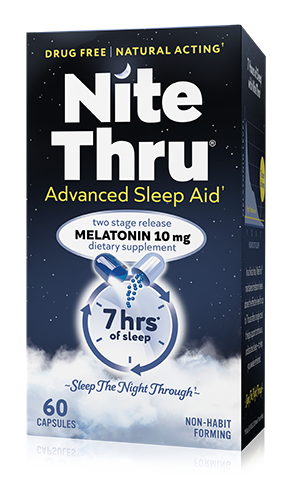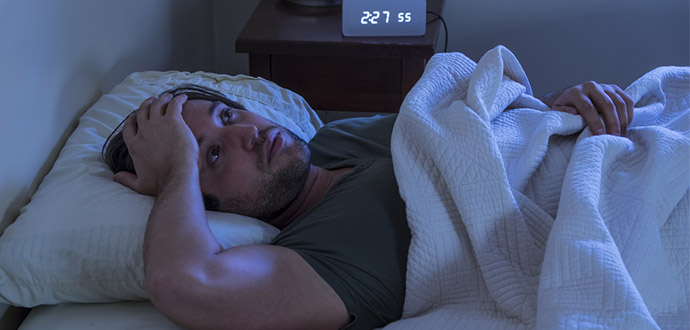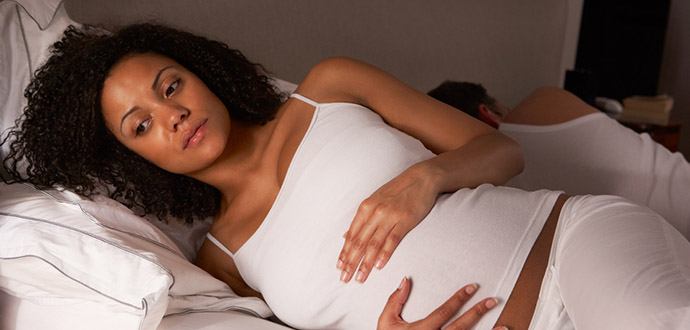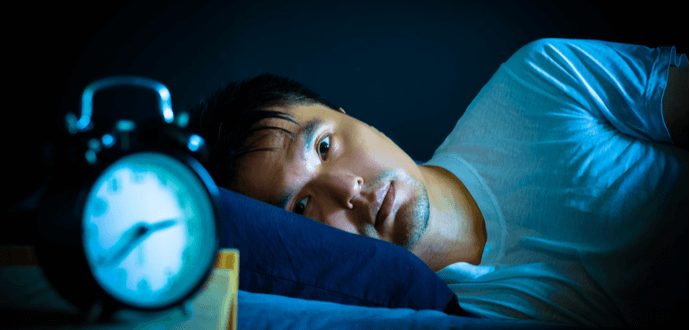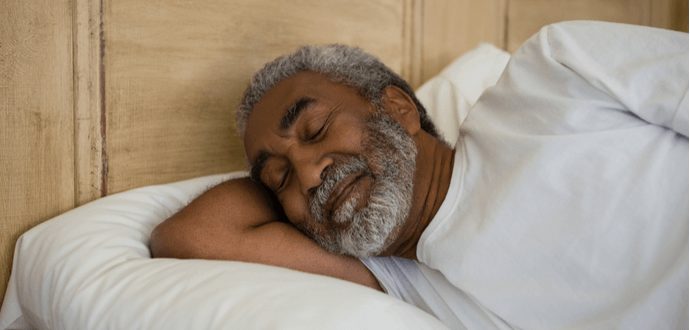Are My Sleeping Habits Normal? Understanding Sleep Cycles & Sleep Patterns
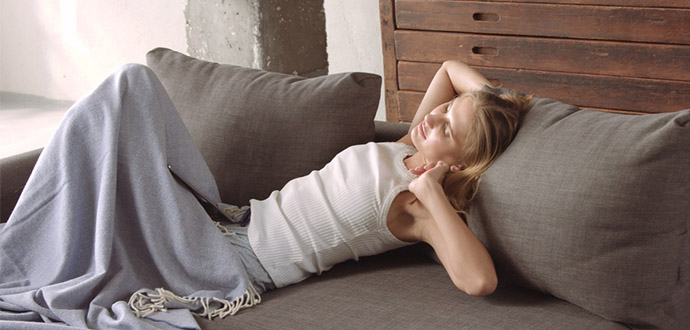
Scientists once believed that sleep was a time of inactivity, when the body and mind became passive in order to rest and recuperate between days. However, modern research has revealed that the brain is actually quite active during sleep and goes through patterns of activity throughout the night. If you understand how sleep patterns generally work, you can make healthy choices to improve your sleep cycles and feel more rested when you wake up in the morning.3
Stages of Sleep: Understanding Your Sleep Cycle
Sleep is typically divided into two main stages: REM sleep and non-REM sleep. REM stands for rapid eye movement, and healthy adults cycle through these two stages of sleep about every 90 minutes. The REM sleep cycle is a time when the brain is active, and the body is still except for movements of the eyes, middle ear, and respiratory system. On the other hand, the brain is less active, but the body is more able to move during the non-REM sleep cycle. 3,8
Non-REM sleep is made up of four or five stages of sleep that start with drowsiness and progress into deep sleep. During the progression of these stages of sleep, muscle activity slows down, breathing patterns change, body temperature drops, and eyes eventually begin to flutter rapidly. During REM sleep, your body is less likely to be startled by external elements but more likely to be spontaneously awakened by internal processes. Humans are also most likely to have dreams during the REM sleep cycle.3,8
Do I Have a Normal Sleep Cycle?
Many factors affect our sleep cycles, including aging, which is one of the most significant and universal factors. The amount of sleep that humans need decreases from childhood to adulthood and again from adulthood into old age.4
Sleep cycles are also relevant for napping. Some people swear by taking a full 90-minute nap to complete a sleep cycle, while others opt for 15-20 minute power naps to reduce grogginess when waking up.6 Most societies have a culture of sleeping in one large chunk of time for seven or eight hours; however, other cultures promote a six-hour night’s sleep with a mid-afternoon “siesta” to cater to natural circadian rhythms.
Bad Sleeping Patterns to Avoid
If you want to sleep better and feel more rested throughout the day, it’s important to avoid sleep patterns that lead to sleeplessness and other sleep disorders. These are some bad sleeping patterns to avoid in your life.5
- Having an irregular sleep schedule
- Trying to sleep in a noisy or distracting environment
- Forcing yourself to go to sleep when you’re not tired
- Becoming anxious or overstimulated in the middle of the night
How to Improve Your Sleep Schedule by Forming Healthy Sleeping Habits
Fortunately, you are not stuck with the sleep cycle that you have at this very moment. Healthy sleep habits can have a profound impact upon your sleep cycle, while bad sleeping habits will have a negative parallel effect.5
Here are some ways that you can begin to improve your sleep cycle and natural sleep rhythm.
- Work out early in the day7
- Don’t drink any caffeine after lunch
- Turn off the television, computer, and e-readers an hour before bed
- Take over the counter sleep aids, such as NiteThru Advanced Sleep Aid 1,2
- Never bring your laptop into bed to work before you sleep
References
- Johns Hopkins Medicine. Melatonin for sleep: Does it work? Retrieved December 11, 2018 from https://www.hopkinsmedicine.org/health/healthy-sleep/sleep-science/melatonin-for-sleep-does-it-work
- National Institutes of Health. Melatonin: In Depth. Retrieved December 13, 2018 from https://nccih.nih.gov/health/melatonin
- National Sleep Foundation. Understanding Sleep Cycles: What Happens While You Sleep. Retrieved December 14, 2018 from https://www.sleep.org/articles/what-happens-during-sleep/
- National Sleep Foundation. How Much Sleep Do We Really Need? Retrieved December 11, 2018 from https://www.sleepfoundation.org/how-sleep-works/how-much-sleep-do-we-really-need
- Sleep Education. Healthy Sleep Habits. (February 9, 2017). Retrieved December 11, 2018 from http://sleepeducation.org/essentials-in-sleep/healthy-sleep-habits
- National Sleep Foundation. How Long is an Ideal Nap? Retrieved on December 23, 2018 from https://www.sleep.org/articles/how-long-to-nap/
- Johns Hopkins Medicine. Healthy Sleep: Exercising for Better Sleep. Retrieved December 14, 2018 from https://www.hopkinsmedicine.org/health/healthy-sleep/sleep-better/exercising-for-better-sleep
- Cleveland Clinic. Sleep Basics. Retrieved on December 23, 2018 from https://my.clevelandclinic.org/health/articles/12148-sleep-basics
“Please note, the material located on our site is for informational purposes only, is general in nature, and is not intended to and should not be relied upon or construed as a therapeutic claim or medical advice regarding any specific issue or factual circumstance.”
